Understanding Blood Clots: Risks, Prevention, and Treatment
Blood clots are a critical component of the body’s healing process. When you suffer a cut or bruise, your blood’s clotting ability prevents excessive bleeding. However, when blood clots form inappropriately within the veins or arteries, they pose significant health risks, potentially leading to serious conditions such as strokes, heart attacks, or pulmonary embolisms. This blog post aims to shed light on the causes, risks, prevention, and treatment options for blood clots.
What Causes Blood Clots?
Blood clot formation, medically referred to as thrombosis, can occur for various reasons. These can include limited movement, certain medical conditions that affect blood clotting, injury or surgery, and genetic predispositions. Risk factors are often categorized into two sections: lifestyle-related and medical conditions. Lifestyle factors encompass obesity, smoking, prolonged periods of inactivity (like long flights or bed rest), and the use of birth control pills or hormone replacement therapy. Medical conditions include heart disease, cancer, and inherited blood clotting disorders.
Recognizing the Symptoms
Symptoms of blood clots depend on their location in the body. Common signs include:
– Swelling and pain, often felt in the leg where a clot might form during periods of inactivity (Deep Vein Thrombosis or DVT).
– Chest pain and shortness of breath, which could indicate a pulmonary embolism (PE) if a blood clot has traveled to the lungs.
– Sudden, severe headaches, difficulty speaking, or paralysis, which can be signs of a stroke caused by a clot in the brain.
Prompt recognition and treatment are paramount to preventing more serious complications.
Prevention and Lifestyle Measures
Preventative measures for blood clots include:
– Staying active and avoiding prolonged inactivity.
– Maintaining a healthy weight and diet.
– Quitting smoking.
– Staying hydrated.
– Following doctor’s advice for managing chronic conditions and medication use that may affect blood clotting.
For individuals at high risk, doctors may recommend blood thinners or prescribe compression stockings to prevent clots, especially after surgery or during long travel.
Treatment Options
Treatment for blood clots often involves anticoagulant medications, also known as blood thinners, that prevent clots from getting bigger and reduce the chance of future clot formation. In more severe cases, thrombolytic therapy might be used to break up clots, or a surgical intervention may be required to remove or bypass the clot.
The Path Forward
Understanding the causes and risk factors for blood clots can significantly aid in prevention. However, should you suspect you have a blood clot, it is crucial to seek immediate medical attention. Regular check-ups and conversations with your healthcare provider about your risk factors can help create a proactive approach to prevent blood clots, ensuring a healthier, more active life.
Blood clots can be a frightening prospect, but with the right knowledge and preventive measures, you can significantly reduce your risk. Remember, a healthy lifestyle is your first line of defense against this potentially life-threatening condition. Stay informed, stay active, and stay healthy.
Blood clots are not a result of a medication shortage. It is a byproduct of the body no longer interacting appropriately with its environment. Although some things can be avoided in our environment this would be the equivalent of putting a bandaid over a sliver, the problem might be covered but it is still there. Symptoms tell us when something is out of balance in our bodies so we can work to fix it. Contact us today to try nomoSIK for your blood clots.
It is important to note that the NOMOSIK therapy has not been evaluated by the FDA and is not intended to diagnose, treat, prevent or cure any disease. It specifically tests and treats for neuro-physiological imbalances in the body. Please see reviews of the amazing recoveries patients have noted with their illness and allergies following treatment of these imbalances. These treatments do not constitute the practice of medicine and are intended solely for the purpose of addressing muskulo-skelital conditions through alternative therapeutic means.

